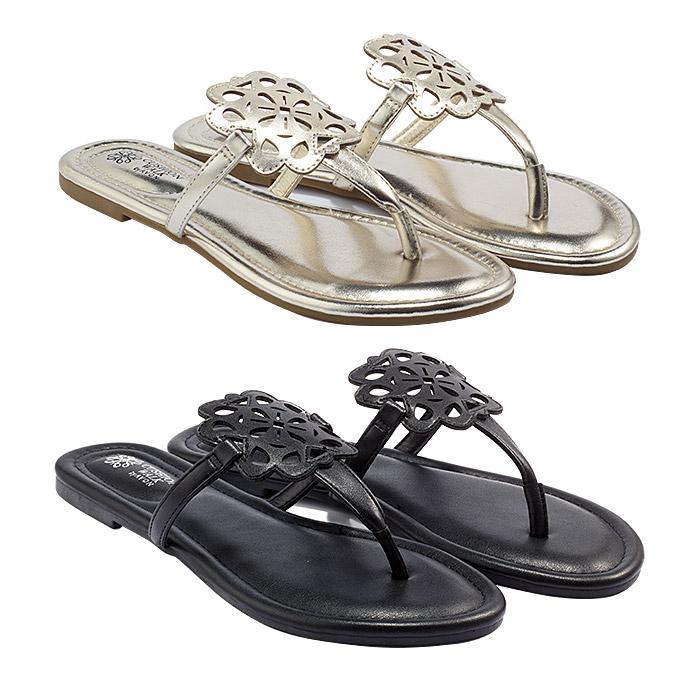COVID 19 Travel Protocols
Border Status: Closed to international travelers through October 1.
Pre-entry negative COVID-19 PCR test proof: N/A
COVID-19 testing on arrival: N/A
Entry procedure: N/A
Travel insurance: N/A
Updates: www.exploregov.ky/coronavirus
————————————————————————————-
Find a luxury villa in the Cayman Islands by Dreams R Forever
At the height of the Roman Empire, wealthy merchants and landowners would construct large private homes; called villas, in the hills of Tuscany or at the shores of the Amalfi Coast to use as seasonal homes during the heat of the summer. These homes, or villas, also served as a place for family gatherings. Today, villas are often used as vacation homes and are usually found in Italy, England, France and the Caribbean Islands.
The Cayman Islands are a peaceful British Overseas Territory in the western Caribbean. The island country consists of Grand Cayman, the largest and most populous island, and Cayman Brac and Little Cayman, which lie roughly 89 miles east-northeast of Grand Cayman. The three islands are the tops of an undersea mountain range called the Cayman Ridge. Due to the porous nature of the limestone rock that the islands are formed from, they lack rivers and streams. The fact that there’s no runoff gives the surrounding Caribbean Sea spectacular visibility, often over 120 ft. Combine this with the healthy coral reefs that lie close to the shore and the beautiful sun-kissed beaches, and it’s easy to see why the islands are an ideal location for diving, snorkeling, and sport-fishing. Grand Cayman is the home of nearly all of the Cayman Island villa rentals, with a plethora of activities and points of interest and all the modern conveniences to make your stay comfortable. George Town, the capital city, boasts some of the finest dining and shopping in the Caribbean.
Contact Dreams R Forever for more details or to book a luxury villa in Cayman Islands!
Population
roughly 45,436 (2006 est.)
Size
262 square kilometers or 100 square miles
Highest Point
The Bluff (Cayman Brac) 43 m
Currency
While the Cayman Islands has its own currency, the Cayman Islands dollar, it is not necessary to exchange your US dollars into CI dollars when visiting. The CI dollar has a fixed exchange rate with the US dollar: CI$1.00 equals US$1.25 or US$1.00 equals CI$0.80. Most retailers quote their prices in both CI$ and US$, and you can pay in either currency. Be prepared to receive change in CI$. Major credit cards (except Discover) are also widely accepted.
Entry Requirements
Entry requirements vary for each destination; it is your responsibility to verify you have the correct documents prior to travel. After 31 December 2006 a valid passport is required for travel to all the Caribbean and Mexico.
Time Zone
Cayman Islands Standard Time is 5 hours behind Greenwich Mean Time (GMT-5). Cayman Islands Time does not operate Daylight-Saving Time.
Driving
Driving is on the left-hand side of the road in the Cayman Islands.
Voltage
The Cayman Islands use the same electrical standards as the USA – 110 volts, 60 Hz.
Language:
English is the primary language.
Certified Travel Specialist
If you are interested in visiting Cayman Islands and renting a private vacation villa, contact Dreams R Forever to book to rent a private villa. Dreams R Forever includes complementary concierge service with villas rentals in the Caribbean Islands. This exclusive service saves you time by allowing our concierges to arrange for car rentals, airport transfers, personal chefs, private spa treatments, reservations at the finest restaurants, yacht charters, baby sitters and much, much more. Guest Service coordinators make it their priority to ensure that your needs are met from the time you make a reservation until you return home from your Caribbean Dream Vacation – relaxed and rejuvenated.
About the Cayman Islands
Christopher Columbus discovered Little Cayman and Cayman Brac in 1503, and named the islands Las Tortugas for the numerous sea turtles he saw. The islands later became known as Lagartos, meaning alligators or large lizards, but by 1530 they were known as the Caymanas after the Carib word for the marine crocodile that lived there.
Sir Francis Drake was the first English visitor to the islands, in 1586. During the 16th, 17th, and 18th centuries, the islands served as replenishment centers for ships, providing fresh water and food, including sea turtles and wild fowl.
In 1670, Britain took control of both the Cayman Islands and Jamaica with the Treaty of Madrid. Over the next sixty years, the islands would become a popular hideout for pirates. The first permanent settlement of the islands began in the 1730s. Settlers came from Britain by way of Jamaica. Early settlers made their living exporting turtle and cotton, and raising a number of crops for their own consumption.
The Wreck of Ten Sail has become a famous incident in Cayman Islands history. In 1794, ten vessels on their way from Britain to Jamaica hit a reef at East End, Grand Cayman. With the help of settlers, no lives were lost. According to legend, there was a member of British royalty on board, and in gratitude for the settlers’ bravery, King George III granted the Caymans freedom from military draft and taxation. No real evidence has been found for this claim.
The “Birth of Democracy” in the Cayman Islands took place in 1831, when residents decided in a meeting that representatives should be appointed from five districts in order to form local laws for better Government. Elections took place five days later, and less than a month after the meeting, the Legislative Assembly met for the first time in George Town.
Though many of the islands’ early settlements did have slaves, slavery never reached the harsh and oppressive conditions that many other Caribbean islands exhibited. Nonetheless, the emancipation of slaves throughout the colonies in 1835 is a notable event in Cayman Islands history.
In 1863, Cayman was placed under direct control of Jamaica, and in 1898 a commissioner appointed by the Jamaican Governor took over administration of the islands. In 1962, Jamaica gained independence from Britain, and the Cayman Islands broke administrative links with Jamaica, opting instead to become a direct dependency of Britain. The chief official of the islands was the Administrator until 1971, when the first Governor took office. Although Jamaica and the Caymans are no longer linked administratively, the islands continue to share many other experiences, such as membership in the Commonwealth of Nations and a common church (The Church of Jamaica and the Cayman Islands). A large portion (around 40%) of the Cayman Islands population is of Jamaican origin.
The two main industries in the Cayman Islands today are tourism and international finance. The Tourist Board, formed in 1966, launched the tourism industry while the banking industry saw its start in 1966 when the first banking and trust laws were passed.
Contact Dreams R Forever for more details or to book luxury villa!



